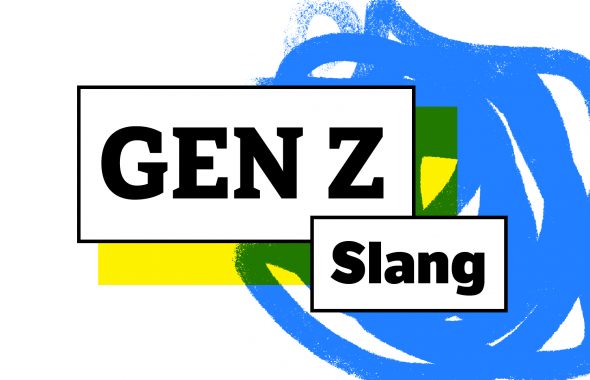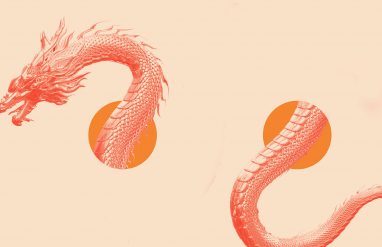Johnson & Johnson, Barnes & Noble, Dolce & Gabbana: the ampersand today is used primarily in business names, but that small character was actually once the 27th member of the alphabet. Where did it come from though? The origin of its name is almost as bizarre as the name itself.
Where did ampersand come from?
The shape of the character (&) predates the word ampersand by more than 1,500 years. In the first century, Roman scribes wrote in cursive, so when they wrote the Latin word et which means “and,” they linked the E and T. Over time, the combined letters came to signify the word and in English as well. Certain versions of the ampersand clearly reveal the origin of the shape.
Why was & part of the English alphabet?
The word ampersand came many years later when & was actually part of the English alphabet. In the early 1800s, school children reciting their ABCs concluded the alphabet with the &.
It would have been confusing to say “X, Y, Z, and.” So, the students said, “and per se and.” Per se means “by itself,” so the students were essentially saying, “X, Y, Z, and by itself and.” The term per se was used to denote letters that also doubled as words, such as the letter I (for “me”) and A. By saying “per se,” you clarified that you meant the symbol and not the word.
Over time, “and per se and” was slurred together into the word we use today: ampersand. When a word comes about from a mistaken pronunciation, it’s called a mondegreen. (If you sing the wrong lyrics to a song, that’s also known as a mondegreen.)
The ampersand is also used in an unusual configuration where it appears as “&c” and means etc. The ampersand does double work as the E and T.
The ampersand isn’t the only former member of the alphabet. Learn what led to the extinction of the thorn and the wynn.
We’ll have you singing your ABCs all day long with our explorations into letters, including the remarkable W and the confounding Q, both of which have a history and relationship with the letter U.















